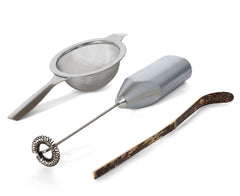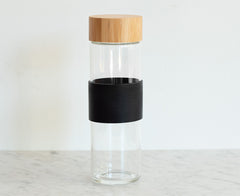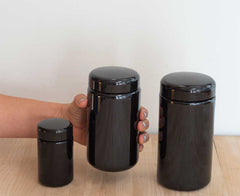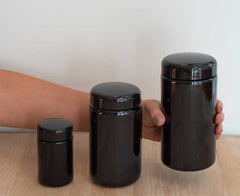Determination of caffeine content and main catechins contents in green tea (Camellia sinensis L.) using taste sensor technique and multivariate calibration
Author: Quansheng Chen and Jiewen Zhao and Zhiming Guo and Xinyu Wang
Taste sensor technique with multivariate calibration was attempted to determine the contents of catechins (EGCG, EGC and ECG) and caffeine in green tea in this work. The system of data acquisitions based on taste sensor was developed in the experiment. Two multivariate calibrations, which were partial least square (PLS) and artificial neural network with principal component analysis (PCA-ANN), were applied to build forecasting models, respectively. Some parameters were optimized by cross-validation in building model. The performance of the final model was evaluated according to root mean square error of prediction (RMSEP) and correlation coefficient (R) in the prediction set. Experimental results showed that the PCA-ANN model is superior to the PLS model, and the results of each optimal model were obtained by PCA-ANN as follows: RMSEP (%) = 0.2399, R = 0.9037 for Caffeine model; RMSEP (%) = 0.3101, R = 0.8204 for ECG model; RMSEP (%) = 0.4113, R = 0.8384 for EGC model; RMSEP (%) = 0.6065, R = 0.9473 for EGCG model. This work demonstrated that taste sensor technique with multivariate calibration can be successfully employed to determine main catechins and caffeine contents in green tea.



